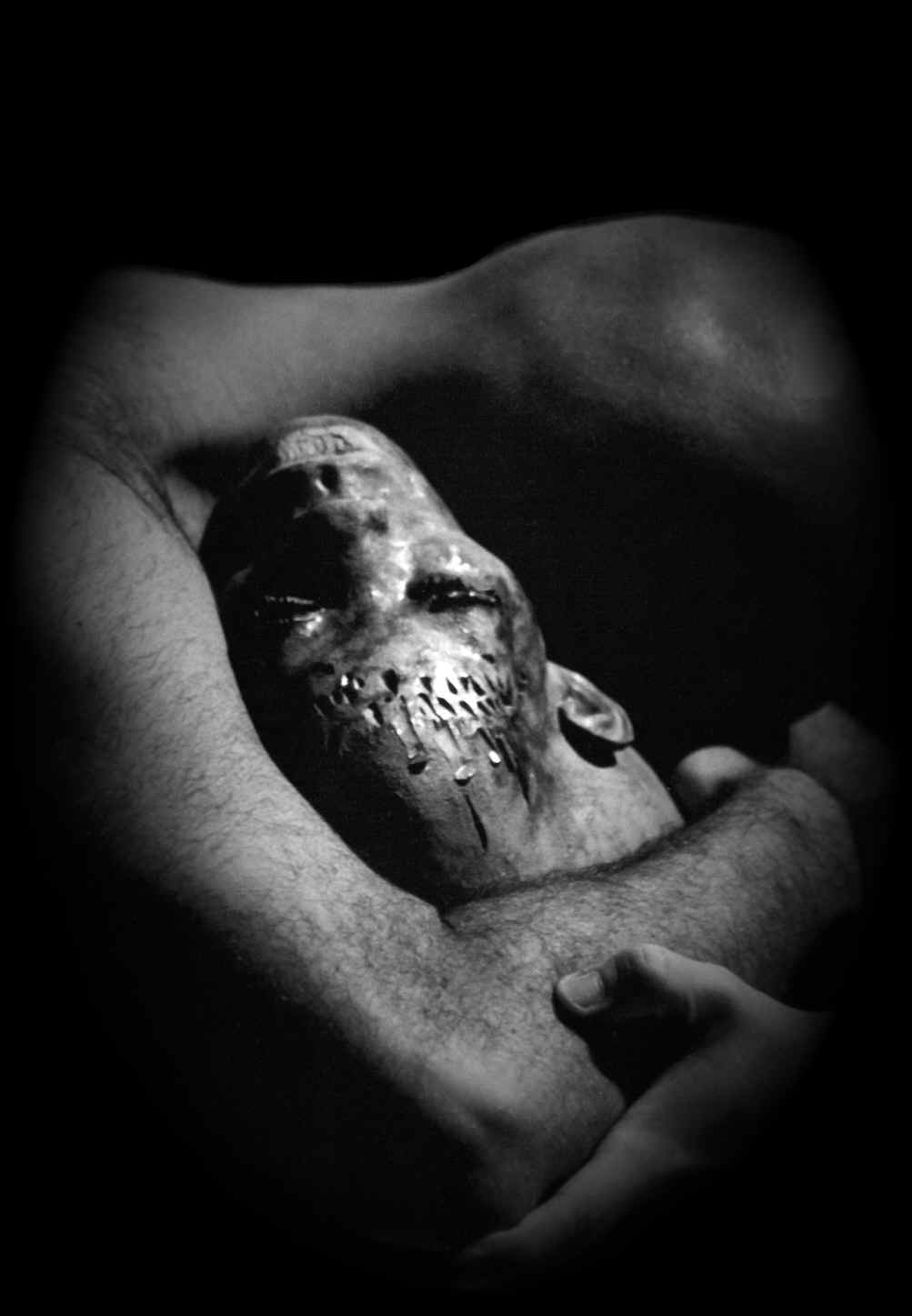|
|
|
|
|
|
|
roberto dos santos gonçalves, sculptor glass & ceramics |
|
|
Videotheque |
|
|
|
|
|
|
 |
|
'Seven P's upon my forehead he described / With the sword's point, and, "Take heed that thou wash / These wounds, when thou shalt be within," he said. Ashes, or earth that dry is excavated, / Of the same colour were with his attire, / And from beneath it he drew forth two keys. One was of gold, and the other was of silver; / First with the white, and after with the yellow, / Plied he the door, so that I was content. "Whenever faileth either of these keys / So that it turn not rightly in the lock," / He said to us, "this entrance doth not open. More precious one is, but the other needs / More art and intellect ere it unlock, / For it is that which doth the knot unloose.' THE DIVINE COMEDY - Dante Aligheri |
|
|
|
|
|
|
EXPOSITIO SUPER DIONYSIUM DE DIVINIS NOMINIBUS - Thomas Aquinas |
| 1 | 2 | 3 | 4 | 5 | / |
| Links | |||||
|
|
|||||
|
Videoteca [español] |
|
||||
|
|
|||||
|
"The height of the Corinthian capital ought to be the diameter of the column below, and a sixth part more, which is allowed to the abaco. The remainder is divided into three equal parts; the first leaf, the second to the second, and the third is again divided in two parts. In that part nearest to the abaco must be made the calicoli or stems, with their leaves, that seem to be supported by them, and from which they arise; therefore in the shaft or stem from whence they spring should be thick, and diminish gradually in their foldings, imitating thereby the plants, which are thicker in the part from whence they sprout, than at the extremities of their branches. The campana, which is the the body of the capital under the leaves, ought to fall directly perpendicular with the bottm of the flutes of the columns. To form the abaco, and to give it a suitable projecture, a square is to be made, every side whereof must be a module and a half, whithin which let diagonal lines lines be drawn, and in the middle or centre where they intersect, the fixed point of compasses ought to be placed, and towards every angle of the square a module is to be marked;..." THE FOUR BOOKS OF ARCHITECTURE - FIRST BOOK, Chap. XVII, Of the Corinthian Order - Andrea Palladio |
||
|
|
||